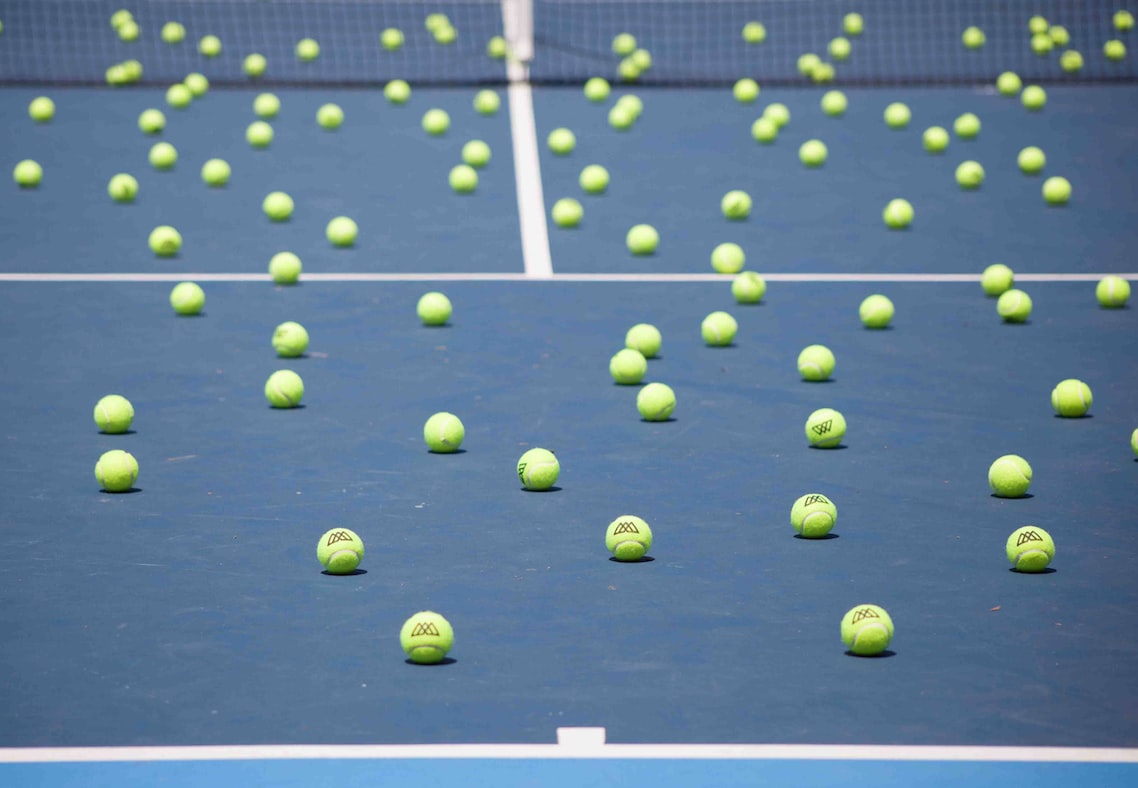Understanding the Service Rules in Padel: A Comprehensive Guide
3 min read
Understanding the Service Rules in Padel: A Comprehensive Guide
Introduction
Welcome, fellow padel enthusiasts! If you’re wondering what the service rules in padel are, you’ve come to the right place. In this comprehensive guide, we’ll take a deep dive into the world of padel service rules. So, put on your game face and let’s get started!
The Basics: Padel Service
Before we delve into the nitty-gritty of the service rules, let’s quickly cover the basics. In padel, the serve is a crucial moment that kickstarts every point. Understanding the service rules is key to gaining an edge over your opponents.
The server must stand behind the baseline, on the right-hand side of the court, and make an underhand serve diagonally across the net. The service must bounce within the server’s box and then clear the net before bouncing in the receiving box.
Foot Faults
Now, let’s talk about foot faults. Just like in tennis, foot faults occur when the server’s foot touches or crosses the baseline or the imaginary extension of the sideline before making contact with the ball. Remember, your feet need to remain firmly planted behind the baseline until the ball is struck.
Foot faults can be frustrating, but they are easily avoidable with a little practice. Be mindful of your footwork, and avoid breaking the service rules by maintaining a solid position behind the baseline.
The No-Volley Zone
The no-volley zone, also known as the kitchen, is an important aspect of padel service rules. The kitchen is the area on each side of the net marked by two parallel lines extending 7.92 feet from the net.
Once the serve is completed, both the server and the receiver must let the ball bounce before volleys are allowed. This rule applies to both sides of the net, ensuring fair play and exciting rallies.
Remember, what happens in the kitchen, stays in the kitchen! So, make sure to abide by this service rule to avoid any unnecessary penalties.
Service Positioning
Now, let’s discuss positioning during the service. The server must start behind the right-hand side of the baseline. They are free to choose any spot within the service box to serve from, ensuring they make an underhand serve, as mentioned earlier.
However, it’s worth noting that the server’s partner must also stand behind the baseline on the left-hand side of the court. Both players should maintain their positions until the ball has been struck.
Faults and Let Services
In padel, just like in any other sport, fouls happen. If the server makes a mistake during the service, it’s called a fault. Faults include hitting the ball into the net, hitting the ball out of bounds, or failing to strike the ball with the paddle within the designated service area.
On the other hand, a let service occurs when the ball touches the net on a serve but still lands within the proper service box. This is considered a do-over, and the server gets another attempt at a clean serve.
Conclusion
And there you have it, a comprehensive guide to understanding the service rules in padel. From foot faults to the no-volley zone, we covered it all. Remember, mastering these rules will give you the competitive edge and enhance your overall padel experience.
So, the next time you step onto the padel court, impress your fellow players with your knowledge of the service rules. Stay within the boundaries, serve with finesse, and enjoy the exhilarating game of padel!






